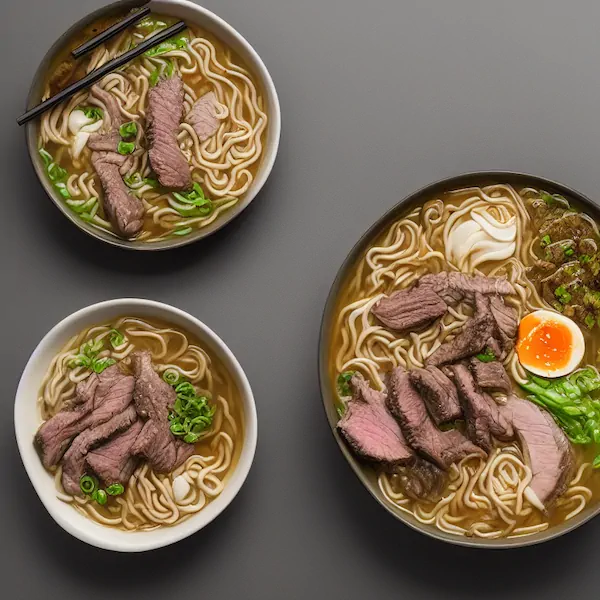

Polyozellus multiplex
Color
Shape
Surface


Important Mushroom Background Information
Polyozellus multiplex is characterized by the dark purple sporocarps with blunt gray-violet hymenial ridges and a white spore print. Grows on the ground, typically in clusters. In California only known from the northwest corner of the state in spruce/fir forests.
This mushroom has only a superficial relationship to the chanterelles, such as Craterellus cornucopiodes. Both micro-morphological and molecular evidence firmly places Polyozellus multiplex in the Thelephorales, along with Thelephora, Sarcodon, Hydnellum, and Boletopsis.
Other names: Black Chanterelle, Blue Chanterelle, Blue Clustered Chanterelle, Clustered Blue Chanterelle.
Polyozellus multiplex Mushroom Identification
Ecology
Mycorrhizal with conifers-especially spruces and firs-in low, wet areas; usually growing in dense, fused clusters; northern and montane North America (from the Pacific Northwest to Maine, and in the Rocky Mountains).
Cap
2-8 cm wide; more or less round in outline, or irregularly shaped; finely velvety; purple to blue or black; sometimes faintly zoned concentrically, at least texturally; with a wavy margin that is initially whitish but darkens with maturity.
Undersurface
Running down the stem; smooth to wrinkled, or sometimes with gill-like folds (occasionally nearly poroid in places); colored like the cap or paler; blackening with age.
Stem
2-4 cm long; 0.5-1.5 cm thick; colored like the undersurface; fused with other stems at the base; solid or becoming hollow.
Flesh
Deep purple to bluish; soft but brittle.
Odor and Taste
Odor fragrant; taste mild.
Chemical Reactions
KOH green on flesh.
Spore Print
White.
Microscopic Features
Spores 6-8 x 5-7 ; irregular in outline; nodulose, with 6-10 nodules visible per side; nodules about 1-2 x 1 ; ochraceous to bluish-green in KOH; sometimes uniguttulate; inamyloid. Basidia 4-sterigmate; 60-85 long; basally clamped. Hymenial cystidia not found. Pileipellis elements cylindric; 2.5-5 wide; often bundled and upright; slightly encrusted or smooth; brownish to brown in KOH; terminal cells with subacute to rounded apices. Clamp connections are conspicuous and abundant.
Season
Fruits in June through November.
Polyozellus multiplex Mushroom Look-Alikes
Has a black fruit body and grows in North America, Europe, and East Asia under beech or oak trees and mossy areas. The only apparent distinction from Polyozellus multiplex is the thin flesh and trumpet-like shape.
This edible fungus species has wavy edges similar to P. multiplex and can occur in clusters or fairy rings. It has a vase-shaped body and is brownish to lilac in color. The feeding technique of both species is also similar. The same applies to their habitat: both P. multiplex and G.clavatus enjoy coniferous forests. The confusion stems from the outer appearance of the fruit body which is wavy in both species.



